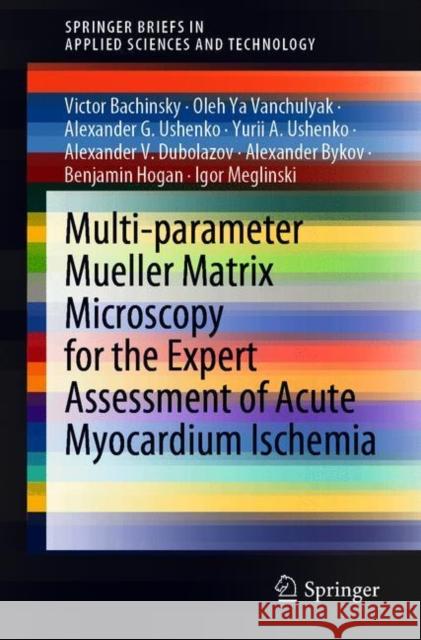Multi-Parameter Mueller Matrix Microscopy for the Expert Assessment of Acute Myocardium Ischemia » książka
topmenu
Multi-Parameter Mueller Matrix Microscopy for the Expert Assessment of Acute Myocardium Ischemia
ISBN-13: 9789811614491 / Angielski / Miękka / 2021 / 90 str.
Kategorie BISAC:
Wydawca:
Springer
Seria wydawnicza:
Język:
Angielski
ISBN-13:
9789811614491
Rok wydania:
2021
Wydanie:
2021
Numer serii:
000457375
Ilość stron:
90
Waga:
0.15 kg
Wymiary:
23.39 x 15.6 x 0.53
Oprawa:
Miękka
Wolumenów:
01
Dodatkowe informacje:
Wydanie ilustrowane











